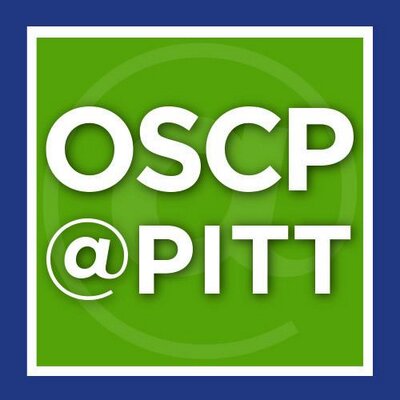Starzl, TE and Rao, AS and Murase, N and Demetris, AJ and Thomson, A and Fung, JJ
(1999)
Chimerism and xenotransplantation: New concepts.
Surgical Clinics of North America, 79 (1).
191 - 205.
ISSN 0039-6109
Abstract
In both transplant and infectious circumstances, the immune response is governed by migration and localization of the antigen. If the antigenic epitopes of transgenic xenografts are sufficiently altered to avoid evoking the destructive force of innate immunity, the mechanisms of engraftment should be the same as those that permit the chimerism-dependent immunologic confrontation and resolution that is the basis of alIograft acceptance. In addition to 'humanizing' the epitopes, one of the unanswered questions is whether the species restriction of complement described in 1994 by Valdivia and colleagues also necessitates the introduction of human complement regulatory genes in animal donors. Because the liver is the principal or sole source of most complement components, the complement quickly is transformed to that of the donor after hepatic transplantation. Thus, the need for complementary regulatory transgenes may vary according to the kind of xenograft used. Much evidence shows that physiologically important peptides produced by xenografts (e.g., insulin, clotting factors, and enzymes) are incorporated into the metabolic machinery of the recipient body. To the extent that this is not true, xenotransplantation could result in the production of diseases that are analogous to inborn errors of metabolism. In the climate of pessimism that followed the failures of baboon to human liver xenotransplantation in 1992-1993, it seemed inconceivable that the use of even more discordant donors, such as the pig, could ever be seriously entertained; however, this preceded insight into the xenogeneic and allogeneic barriers that has brought transplantation infectious immunity to common ground. With this new insight and the increasing ease of producing transgenic donors, the goal of clinical xenotransplantation may not be so distant.
Share
| Citation/Export: |
|
| Social Networking: |
|
Details
| Item Type: |
Article
|
| Status: |
Published |
| Creators/Authors: |
| Creators | Email | Pitt Username | ORCID  |
|---|
| Starzl, TE | tes11@pitt.edu | TES11 | | | Rao, AS | | | | | Murase, N | | | | | Demetris, AJ | | | | | Thomson, A | | | | | Fung, JJ | | | |
|
| Centers: |
Other Centers, Institutes, Offices, or Units > Thomas E. Starzl Transplantation Institute |
| Date: |
1 January 1999 |
| Date Type: |
Publication |
| Journal or Publication Title: |
Surgical Clinics of North America |
| Volume: |
79 |
| Number: |
1 |
| Page Range: |
191 - 205 |
| DOI or Unique Handle: |
10.1016/s0039-6109(05)70014-1 |
| Institution: |
University of Pittsburgh |
| Refereed: |
Yes |
| ISSN: |
0039-6109 |
| Other ID: |
uls-drl:31735062127505, Starzl CV No. 2029 |
| Date Deposited: |
08 Apr 2010 17:34 |
| Last Modified: |
27 Jan 2019 02:55 |
| URI: |
http://d-scholarship.pitt.edu/id/eprint/5415 |
Metrics
Monthly Views for the past 3 years
Plum Analytics
Altmetric.com
Actions (login required)
 |
View Item |








